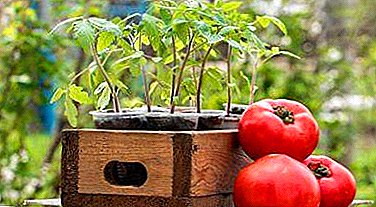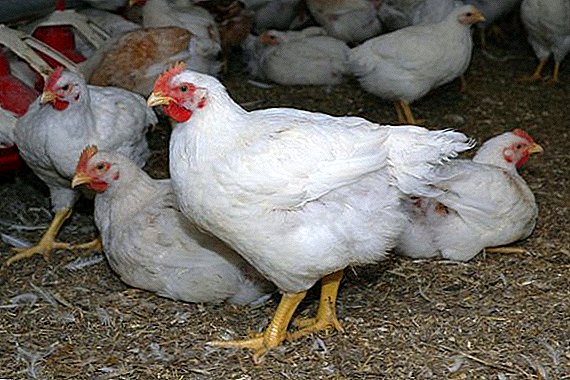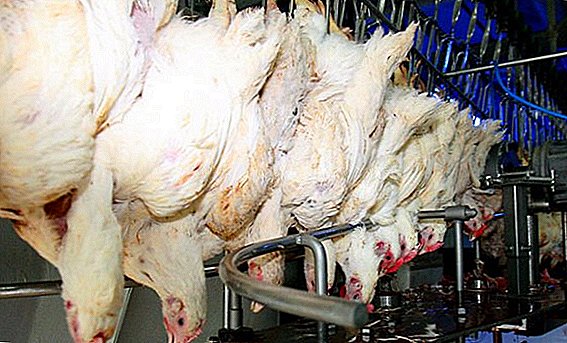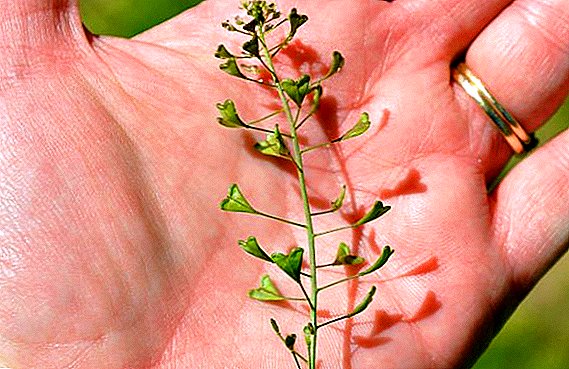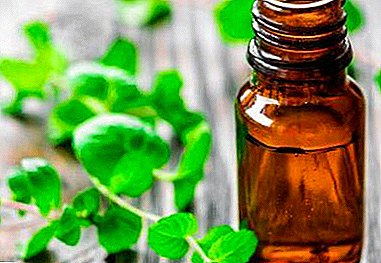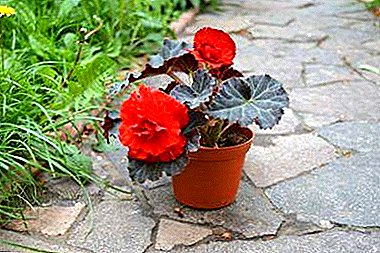
Luxurious inflorescences of potted begonias on store shelves are so attractive that it is almost impossible to keep from buying.
To the euphoria from the acquisition of this beauty was not replaced by the disappointment of her death, it is necessary to know the nuances of maintaining the plant after it is brought from the store to the house.
That is why it is necessary to understand how the plant was taken care of in a flower shop, and what measures should be taken in order for the begonia to continue to please abundant flowering.
How to keep flowers in stores?
Often, potted crops in stores are sold in bloom. Flowering takes a lot of power and plants need additional feeding. Transportation soil, as a rule, does not contain nutrients and is needed only for the development of the root system, therefore the viability of plants is maintained by irrigation with fertilizer solutions. Store lighting is usually insufficient.
Begonias do not have time to die or be deformed during their stay on the counter, but still the plant has time to get used to a small amount of light and it will take some time for the adaptation to return to the normal light regime.
Why at first you need special care?
Begonias marketed, grown in conditions of mass production in industrial greenhouses, where high air humidity is maintained, optimal lighting, irrigation and dressing are carried out according to the regime.
After that, the plant experiences stress transportation, then content in warehouses and in the store, and then it gets into the conditions of an apartment with dry air and not always suitable temperature and lighting. All this implies that the plant will not feel very well when arriving at a new habitat.
For normal development at home, begonias will need adaptation, which implies a special competent care in the first time after purchase.
When is a transplant required?
A transplant for a begonia bought at the store is desirable, but you should not rush into this event. The plant must adapt to the new conditions. Normally, this can take from two weeks to a month. If a flowering plant is purchased, then for transplanting you need to wait until the end of flowering.
What to do first?
 Bringing begonia from the store first thing you need to place it where there are no other plants. This is done so that in the case of the presence of previously not detected parasites on a flower, other domestic plants are not subjected to infection. An ideal place to adapt the begonias will be the windowsill, the only condition is that the light should not be too bright.
Bringing begonia from the store first thing you need to place it where there are no other plants. This is done so that in the case of the presence of previously not detected parasites on a flower, other domestic plants are not subjected to infection. An ideal place to adapt the begonias will be the windowsill, the only condition is that the light should not be too bright.
If the purchased begonia has damaged leaves, they should be removed. You can process the plant with Appin. The first five days to water begonia is not recommended. If there is a fear that the earth will dry up - you can put a container with water next to the flower. Read about all the nuances of watering begonias here.
How to care?
For a softer adaptation of begonia in the room where it is contained, it is necessary to maintain high humidity. During this period, you should try to minimize the stress for the plant - do not disturb it, do not move it from place to place, do not turn the pot, do not wash the leaves and do not carry out other manipulations. Shopping begonias that have passed the period of adaptation at home will require a transplant. To do this, prepare the pot and soil.
- Begonia pot.
It is best to opt for a breathable product made of ceramic or clay. In plastic containers, there is a greater likelihood of root rotting. The bottom of the pot should be with holes, since the presence of drainage for begonias is mandatory. As a drainage, you can use large expanded clay or pieces of brick. Apply coal to the upper drainage. You will learn about the rules of planting and choosing a pot for begonia here.
- The soil.
Ready-made compositions for begonias are easy to purchase at a flower shop. If desired, the substrate can be prepared independently. Half of it should consist of leaf humus, and for the remaining parts, peat and sand are taken. The substrate prepared according to this scheme turns out friable and nutritious.
Transplantation is carried out as follows:
- From the old pot, the plant is extracted along with the earthy clod. The root system of begonias is quite fragile, so it is necessary to carry out the procedure as carefully as possible.
- The roots are carefully inspected, if there are dried areas - they are cut, if part of the roots is damaged by rot, they are also removed, and the rest are treated with a weak solution of potassium permanganate. The cut is dried and sprinkled with charcoal.
- Begonia roots are dipped in prepared soil, which should be poured into a pot so that there is no less than a centimeter to the edge. This will allow enough water to be used for irrigation.
- After transplantation begonia should be poured abundantly.
If a sill is selected as a permanent habitat for begonias, it should be ensured that the leaves and petals of the plant do not touch the glass. In winter, they can freeze to him, and in the summer burns.
You can read about how to save begonias in the winter in this article, and all the details of caring for this wonderful plant can be found here.
Watch the begonia transplant video and care for it:
- How to grow, water and care for begonia so that it blooms longer?
- How and what to feed begonia?
When to go to the normal mode?
The end of the adaptation period of begonias can be determined visually, in a plant that has taken root in the new conditions, all signs of renewed growth and active development are visible. By the time it takes about 2-3 weeks. After the adaptation period is over, the plant is placed in a permanent place and the treatment is carried out according to the standard scheme. Learn more about how to care for a flower growing in a pot, you can read in this article, and all the secrets of the successful cultivation of garden begonia in the open field you will learn here.
When buying begonia in a pot, the most important thing to remember is that it is alive. If you pay attention to the needs of the flower and sensitively respond to discontent in the period of its adaptation to new conditions, the plant will respond with gratitude and from year to year will be pleasing to the eye with abundant flowering.



